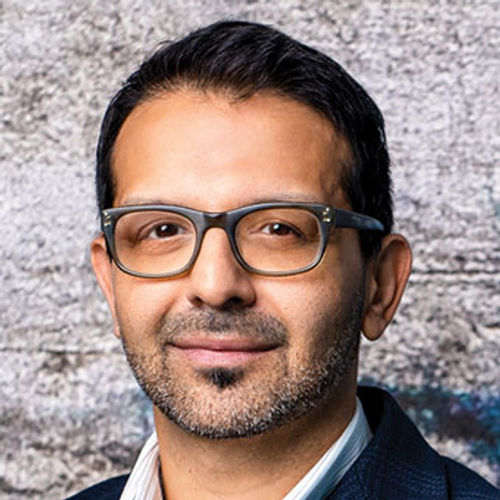Hilton's luxury collection brand LXR Hotels & Resorts has grown steadily since its launch in 2018. The brand ended 2024 with 13 properties globally and about a dozen more in the pipeline. Recent additions include Hawaii's Ka La'i Waikiki Beach as well as the Beach Village at The Del and the Shore House at The Del in Coronado, Calif. Hotels editor Christina Jelski spoke with Feisal Jaffer, global head of LXR Hotels & Resorts, about what's next.

Feisal Jaffer
Q: At what pace do you expect LXR to grow over the next five years or so?
A: If we continue at the sort of pace we're going, in five or six years -- if you count supply and pipeline -- we could be above 60 or 70 hotels. We're in a good place now, getting the brand recognition and getting more owners coming to us and saying, "Hey, would you consider LXR for this?"
Q: What defines the LXR experience?
A: We have three pillars: intriguing design, which is independent to each property; bespoke personal service, where it's really about the small details and being personalized to you; and then the experiences, which are about colorful characters and culture. The experiences are meant to be exclusive, in the sense that you could only have that experience at or through that property. It's about enabling a spirit of adventure and being able to experience the destination through the eyes of the property.
Q: Asia appears to be a focus when it comes to the pipeline. What are your plans in that region?
A: We only have two properties there so far. Right now, in Japan, we have the Roku Kyoto, and we've signed another in Japan [in Miyajimaguchi, in the Hiroshima prefecture], which will be a boutique property, about 60 keys, overlooking one of the most famous shrine sites in Japan. We've got a handful of other opportunities that we're actively pursuing right now just in Japan, and we're also close to finalizing our first property in India.
Q: What trends are you seeing in luxury travel?
A: In the U.S., we've seen some normalization on pricing. People are saying, "You know what? No, you can't just raise the price another 100%." There is a ceiling on that, and I think that's healthy.
Culinary continues to be big, people are traveling for that. And then there's wellness, with sleep being a huge thing and being able to switch off and detox from everything becoming so important. I think properties need to embrace both sides of it: On one particular day you may want to detox and then another day you may say, "OK, I'm ready to party." You should be able to do both. That's the luxury of choice, right? That you can be whoever you want to be that day or in that moment.
Q: How is the Ka La'i Waikiki Beach, formerly the Trump International Hotel Waikiki, performing?
A: The Waikiki property was a Forbes Five-Star property for 10 years, and whenever you change brands, you have to requalify. So we're going to completely reimagine it. The renovation will start in May and be done by the summer of 2026. Everything will be redone: the restaurants, the rooms. The rooms are huge, they're like apartments.
But the market there has changed in terms of inbound tourists. The Japanese have not come back for three reasons. One, obviously, is that it's much more expensive. But also, I think younger Japanese don't necessarily look at Hawaii in the same way that their parents' generation did. There are so many more places they can travel; there's a lot more choice. And lastly, there's a demographic decline in population, so there's fewer of them. So, there's been a shift. But we have such a strong presence and customer base in the U.S., so we're seeing a lot more U.S. tourists.